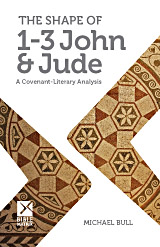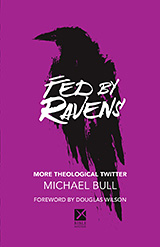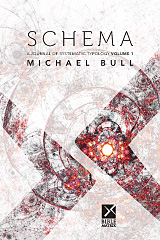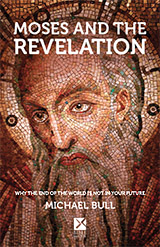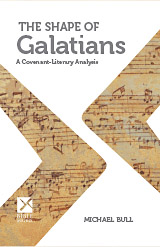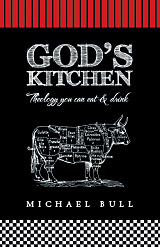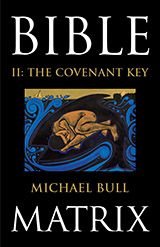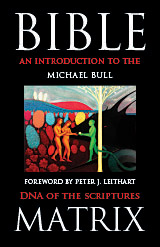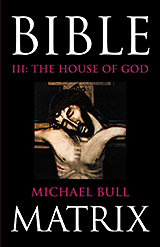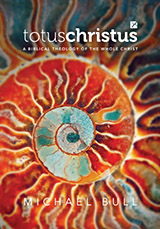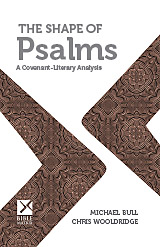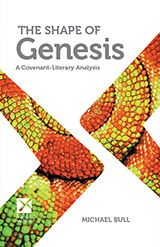Oct
22
2013

When Moses is given the Ten Commandments they are written on two tablets:
And he declared to you his covenant, which he commanded you to perform, that is, the Ten Commandments, and he wrote them on two tablets of stone. (Deuteronomy 4:13)
Why are the Ten Commandments written on two tablets? Was one tablet not big enough for God’s handwriting? Or did God give Moses two copies of the Law, one tablet being a duplicate of the other?
Continue reading
Comments Off | tags: Aaron, Covenant Theology, Exodus, Literary Structure, Meredith Kline, Moses, Ray Sutton, Ten Commandments | posted in Bible Matrix, Biblical Theology, Q&A
Oct
18
2013
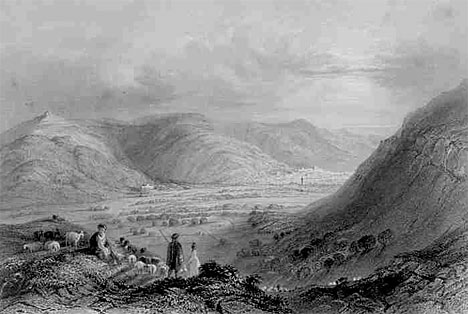
Paul’s Deuteronomy
That day Moses charged the people, saying, “When you have crossed over the Jordan, these shall stand on Mount Gerizim to bless the people: Simeon, Levi, Judah, Issachar, Joseph, and Benjamin. And these shall stand on Mount Ebal for the curse: Reuben, Gad, Asher, Zebulun, Dan, and Naphtali. (Deuteronomy 27:11-13)
Paul now moves into the Deuteronomy section of his epistle to the Galatians, and it becomes clear that, structurally-speaking, Galatians gets no further than Moses. The epistle is fivefold in nature, a recapitulation of the Torah, and thus it ends on the wilderness side of the Jordan. Like Moses, Paul will not live to see the new order, except from afar.
Continue reading
Comments Off | tags: Baptism, Circumcision, Covenant curse, Deuteronomy, Galatians, Literary Structure, Moses, Paul | posted in Bible Matrix, Biblical Theology, Ethics, The Last Days
Oct
7
2013

“The Spirit consistently puts earthly Succession to death, dividing families, communities and entire countries, as we see today. To claim otherwise is to work against the Spirit in the world. My heredity, my household, my culture, is the target of my ministry, not its source.”
It’s time to get back into Galatians. To recap, the epistle follows the Covenant structure, but gives the central point, the Ethics, its own Covenant structure. If this thesis is correct, what we should expect in the next “cycle” (Gal. 3:26-4:7) is a discussion of Covenant Succession. Lo and behold, this is exactly what we find.
Continue reading
2 comments | tags: Abraham, Baptism, Circumcision, Covenant Theology, Ezra, Galatians, Genesis, Isaac, Leviticus, Moses | posted in Bible Matrix, Biblical Theology
Sep
24
2013
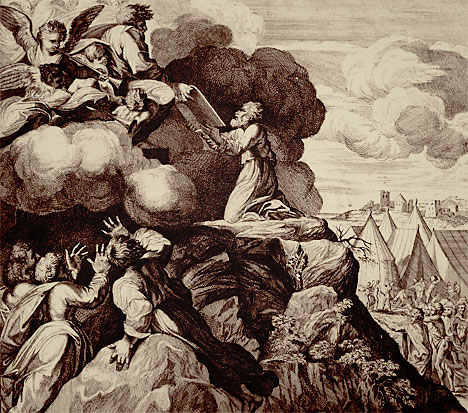
In John 16:7-11, we read:
Nevertheless, I tell you the truth: it is to your advantage that I go away, for if I do not go away, the Helper will not come to you. But if I go, I will send him to you. And when he comes, he will convict the world concerning sin and righteousness and judgment: concerning sin, because they do not believe in me; concerning righteousness, because I go to the Father, and you will see me no longer; concerning judgment, because the ruler of this world is judged.
What does it mean for the Spirit to “convict the world in regard to righteousness?” And what is the causal connection with Jesus going to the Father?
Continue reading
Comments Off | tags: Covenant Theology, Exodus, Firstfruits, Fractals, Genesis, Jacob, John, Literary Structure, Moses, Revelation | posted in Bible Matrix, Biblical Theology, Creation, Q&A, The Last Days
Aug
2
2013
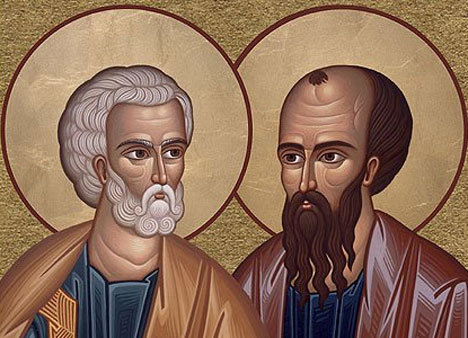
Paul’s Leviticus
“This is where he picks up the fivefold Covenant structure and turns ‘the right hand of fellowship’ into a set of holy knuckledusters.”
This post has been refined by fire and included in a new book, The Shape of Galatians.
Continue reading
Comments Off | tags: Circumcision, Food laws, Galatians, Hebrews, Leviticus, Literary Structure, Moses, Paul | posted in Bible Matrix, Biblical Theology, Ethics, The Last Days
Jul
16
2013
 “When Moses slew the Egyptian, he was doing the will of God but not with the power of God.”
“When Moses slew the Egyptian, he was doing the will of God but not with the power of God.”
Numbers 12:3 says that Moses was the meekest man “on the face of the ground [adamah].”
Psalm 37:11 says the meek will inherit the Land [eretz] and delight in abundant prosperity.
Isaiah 11:4 says that
with righteousness [God] shall judge the poor,
and decide with equity for the meek of the Land;
and he shall strike the Land with the rod of his mouth,
and with the breath of his lips she shall kill the wicked.
Firstly, what is meekness? And secondly, why is it connected to “face of the ground” (Adam), or Land?
This post has been slain and resurrected for inclusion in my 2015 book of essays, Inquietude.
Continue reading
Comments Off | tags: Ascension, Firstfruits, Genesis, Herod, Isaiah, James Jordan, Matthew, Moses, Pharaoh, Tabernacle | posted in Bible Matrix, Biblical Theology, Christian Life, Ethics, Quotes, The Last Days
May
28
2013
or Back To Egypt in Ships

“That which they sought to save them from the condemnation of the Law of Moses has also innoculated them against the grace and Spirit of Jesus Christ.”
Pope Francis, in a recent homily, has written,
[This post has been refined and included in Sweet Counsel: Essays to Brighten the Eyes.]
Continue reading
3 comments | tags: Covenant Theology, Luke, Moses, Roman Catholicism, Ten Commandments | posted in Apologetics, Bible Matrix, Biblical Theology, Christian Life
Apr
12
2013
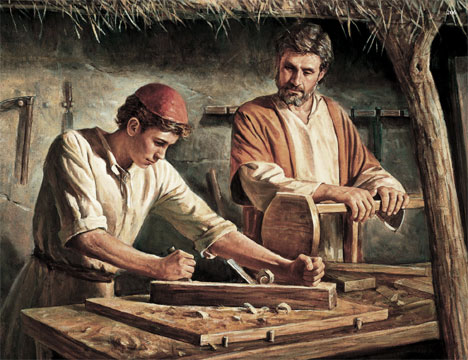 “And, most heartbreaking, most breathtaking of all, is His willingness to actually become the veil, the flesh that was torn away to reveal the “naked” mind of the Father, the unhidden face of His mission for a bride for His Son.”
“And, most heartbreaking, most breathtaking of all, is His willingness to actually become the veil, the flesh that was torn away to reveal the “naked” mind of the Father, the unhidden face of His mission for a bride for His Son.”
“And the Lord was sorry that he had made man on the earth, and it grieved him to his heart.” (Genesis 6:6)
“But concerning that day and hour no one knows, not even the angels of heaven, nor the Son, but the Father only. For as were the days of Noah, so will be the coming of the Son of Man.” (Matthew 24:36-37)
The relationship between the Father and the Son is an eternal to-and-fro. It is this primary “chiasm,” a “there-and-back-again,” a forming and a filling, which gave shape to the Creation Week and every facet of the Word of God and of human life.
This post has been slain and resurrected for inclusion in my 2015 book of essays, Inquietude.
Continue reading
12 comments | tags: Angels, Flood, Genesis, Marilynne Robinson, Moses, Noah, Open Theism, Tabernacle | posted in Bible Matrix, Biblical Theology
Dec
21
2012
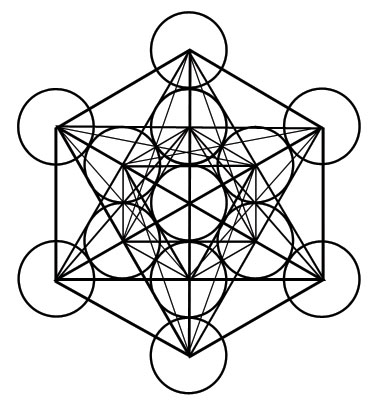
Part 1 | Part 2 | Part 3 | Part 4 | Part 5 | Part 6
Sacred Geometry and Marked Men
Chapters 35-36 bring us to the end of this structural analysis of the book of Numbers. The position of this final cycle is in red.
Overview of Numbers
Genesis/Transcendence – Creation:
1 – Israel called and arranged as a New Creation
Exodus/Hierarchy – Division/Delegation/Passover:
2 – Leadership disputes, failures and judgments
Leviticus/Ethics Given – Ascension/Firstfruits/Altar:
3 – Levitical offerings and “firstfruits” victories
Numbers/Ethics Opened – Testing/Pentecost:
4 – Israel fails the jealous inspection
Deuteronomy/Ethics Received – Maturity/Trumpets:
5 – Israel’s national festal offerings
Joshua/Sanctions – Atonement/Vindication:
6 – Vengeance upon Midian, Dividing the Land
Judges/Succession – Booths/Glory
7 – Cities of Refuge; Marriage of Female Heirs
Continue reading
Comments Off | tags: Feasts, Jubilee, Literary Structure, Moses, Numbers, Tabernacle | posted in Bible Matrix, Biblical Theology, The Last Days
Dec
18
2012

“They shall take up serpents…”
Thoughts on the Covenantal significance and serpentine nature of biblical “leprosy.”
[This post has been refined and included in Sweet Counsel: Essays to Brighten the Eyes.]
Continue reading
Comments Off | tags: Aaron, Acts, Baptism, Exodus, Kings, Leviticus, Miriam, Moses, Revelation | posted in Bible Matrix, Biblical Theology











